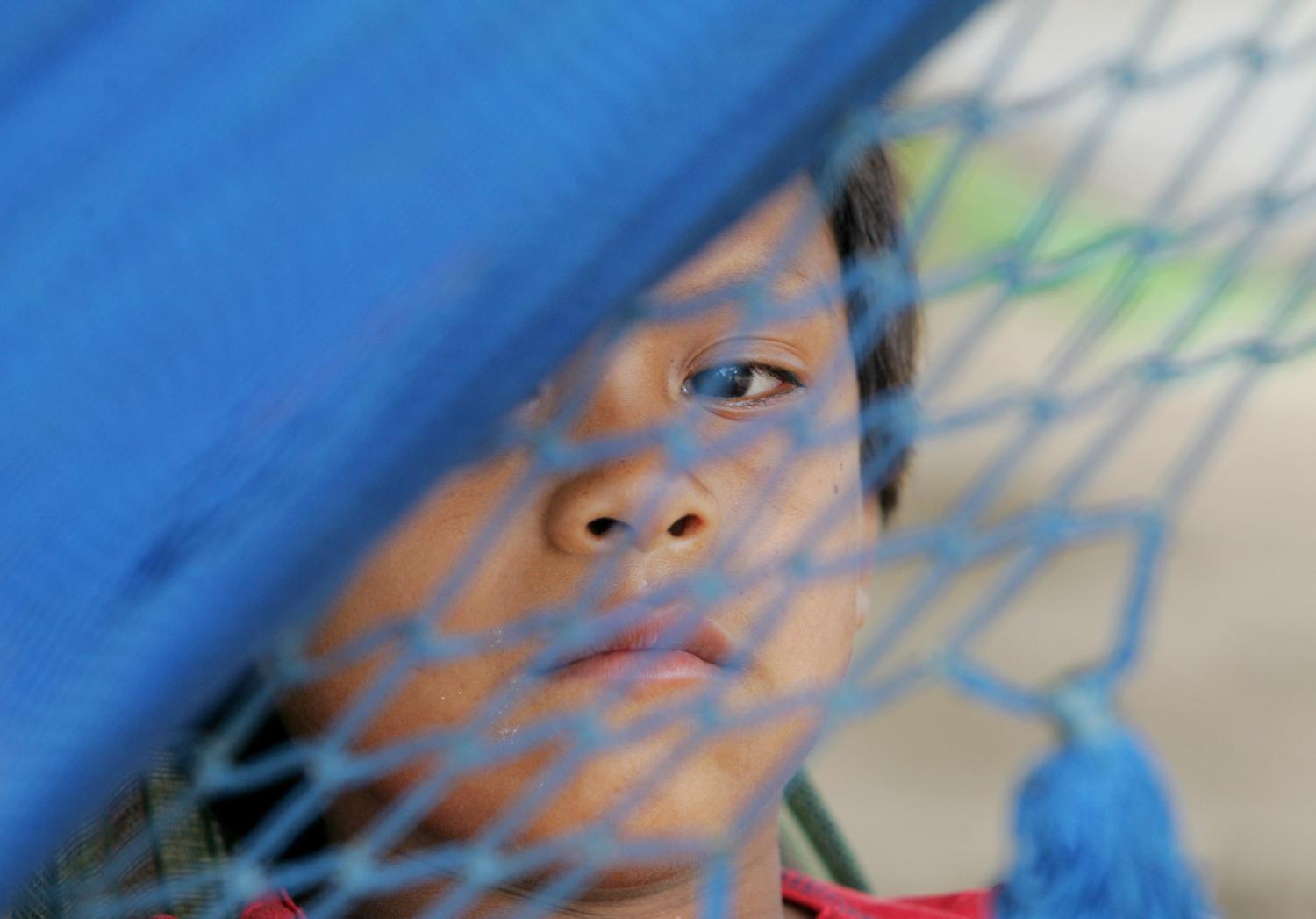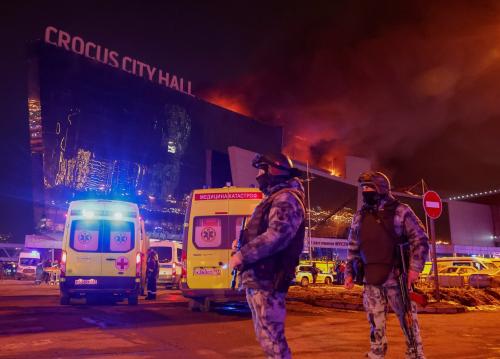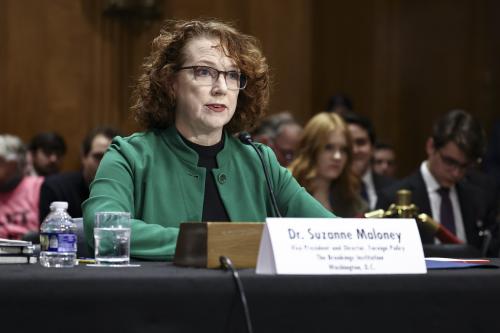Half a century of violence in Colombia has left hundreds of thousands of people dead and millions displaced. The complex conflict involves a complicated mix of political motivations, crime (especially drug-related), and economic activity, as guerrillas (the Fuerzas Armadas Revolucionarias de Colombia – FARC and the Ejército de Liberación Nacional – ELN), paramilitaries, state security forces, and criminal gangs (BACRIM as per the Spanish acronym) all use violence to reach their goals. Each of these groups has committed human rights abuses, some using this as a specific tactic in their operations, of which minority and vulnerable groups such as indigenous and Afrocolombian communities have borne the brunt. Though peace negotiations with the FARC are ongoing at the time of writing, it is unlikely that a peace agreement will end the cycle of violence, as such an agreement will not include all actors implicated in the violence, nor will it remove all the drivers of violence, such as drug-related crime. In fact, some expect the violence to get worse in the aftermath of a peace agreement with the FARC, as other actors will seek to fill the void left by the FARC.
An estimated 5.4 to 5.9 million people have been internally displaced because of the violence. Though most people fled because of guerrilla and paramilitary activity, in recent years BACRIM activity has become a main cause of displacement. Presently, displacement is also on the rise from land-grabbing for resource extraction and mass-scale agricultural projects. Most people flee from rural areas to cities, but recently intra-urban displacement (and secondary displacement) has increased. Only three percent of IDPs say they would like to return to their community of origin. Reparations and especially land restitution and compensation for lost property are primary concerns for durable solutions.
In spite of Colombia’s well-developed support framework for internally displaced persons (IDPs), including laws and justice mechanisms, dedicated social services, substantial resource allocation, and a large international response, most displaced people find themselves in very vulnerable positions. Most live on the dangerous margins of cities in inadequate housing, far away from both income opportunities and basic services such as schools and health care. This gap between a well-thought out institutional framework and practice on the ground can be attributed to a top-down approach to planning that leaves local implementers and their concerns and needs out of the planning process. Weaknesses in local implementation are due to a lack of capacity and resources, sometimes further complicated by a lack of political will, resulting from cooptation or intimidation by violent actors.
Even amidst the ongoing violence, Colombia has made impressive efforts on peace and security. This has included a massive Disarmament, Demobilization and Reintegration program; a military reform process to improve the military’s capacity to combat guerrilla forces; police reform programs, including a focus on community policing to address ineffectiveness, corruption and police brutality; and a consolidation plan to bring security and state control to areas of the country where this has been absent. Unfortunately, similar to the IDP policies and programs, implementation of such plans is often less than perfect due to shortfalls in local capacity, will and resources.
The Colombia case demonstrates that what happens – or what does not happen – in Security Sector Reform (SSR) impacts opportunities for durable solutions to displacement. In general, trust building elements of SSR, such as inclusiveness, representation, accountability measures and vetting, can assuage the mistrust IDPs feel of the security sector. By overcoming this mistrust, IDPs’ sense of security can increase and thus their possibility of finding durable solutions. However, Colombia’s SSR efforts have focused very much on effectiveness of the security sector to combat guerrillas and (to a lesser extent) criminal actors, at the expense of accountability, oversight and vetting. In fact, impunity is rampant and security actors are often seen as collaborating with criminal actors. Consequently trust in the security sector is low. In addition, the focus on effectiveness to end the conflict – through an attempt to bring peace in the long-term and thereby contribute to durable solutions – has increased insecurity and displacement in the short-term. As such, the Colombia case demonstrates the challenges of trying to ensure that SSR contributes to durable solutions for internal displacement in a context of ongoing violence.
At the same time, the Columbia case exemplifies some positive examples of how SSR can contribute to durable solutions. Efforts focused on building trust with communities – such as community-policing and working with local community security teams in unsafe neighborhoods to reintroduce police presence – have had some positive effects on building legitimacy of the security sector, including among IDPs. Moreover, Colombia’s system of legal pluralism – by which certain groups, such as indigenous and Afrocolombian communities, are constitutionally allowed to run their own (parallel) administrations – allows for an alternative way of representation and inclusiveness, which could contribute to durable solutions. Such a system opens opportunities for building trustworthy security and justice services in communities that are particularly affected by violence and displacement. Colombia is also trying to address insecurity around economic activities, in particular extractive operations, as evidenced by the development of a policy (in 2014) to ensure that human rights are observed when protecting such operations. However, this policy, based on the Voluntary Principles on Security and Human Rights, is a recent development and it is too soon to tell what impact this will have on displacement and durable solutions.
Overall, the case of Colombia demonstrates that if SSR efforts are to reduce some of the negative impacts security forces and their activities have had on displacement and improve prospects for durable solutions, they need to address IDP security concerns specifically. Addressing impunity within the security sector itself is one important component of this. Another component is ensuring that local security needs are taken into account in security operations in order to limit further displacement. Including local voices – of those who implement SSR and IDP policies as well as of the communities that are supposed to benefit from them – is essential to ensuring that national-level plans adequately address local issues, and have the appropriate resources, capacity and support to be effectively implemented. Finally, to ensure that programs and policies for SSR and durable solutions contribute to sustainable peace, actors working on these issues, both international and national, need to overcome their tendency to work in silos – and their mistrust of each other – to ensure effective coordination and collaboration.



